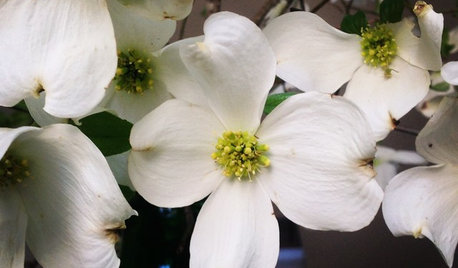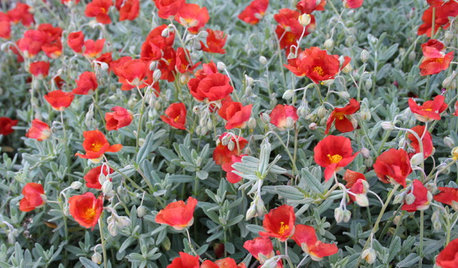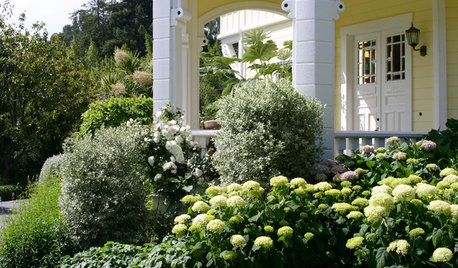Bloom Boosters - How Much P is Enough?
tapla (mid-Michigan, USDA z5b-6a)
16 years ago
Featured Answer
Sort by:Oldest
Comments (18)
filix
16 years agolast modified: 9 years agotapla (mid-Michigan, USDA z5b-6a)
16 years agolast modified: 9 years agoRelated Professionals
Clemson Landscape Architects & Landscape Designers · Aberdeen Landscape Contractors · Bethel Park Landscape Contractors · Cudahy Landscape Contractors · Deer Park Landscape Contractors · Hayward Landscape Contractors · Norwalk Landscape Contractors · Casselberry Landscape Contractors · Newton Window Contractors · Poinciana Window Contractors · White Center Window Contractors · Citrus Heights Fence Contractors · Oregon City Fence Contractors · The Villages Fence Contractors · Ventura Fence Contractorsjustaguy2
16 years agolast modified: 9 years agowyndell
16 years agolast modified: 9 years agofilix
16 years agolast modified: 9 years agopuglvr1
16 years agolast modified: 9 years agofilix
16 years agolast modified: 9 years agotapla (mid-Michigan, USDA z5b-6a)
16 years agolast modified: 9 years agotapla (mid-Michigan, USDA z5b-6a)
16 years agolast modified: 9 years agofilix
16 years agolast modified: 9 years agotapla (mid-Michigan, USDA z5b-6a)
16 years agolast modified: 9 years agofilix
16 years agolast modified: 9 years agotapla (mid-Michigan, USDA z5b-6a)
16 years agolast modified: 9 years agotapla (mid-Michigan, USDA z5b-6a)
13 years agolast modified: 9 years agojojosplants
13 years agolast modified: 9 years agojojosplants
13 years agolast modified: 9 years agoderbyka
13 years agolast modified: 9 years ago
Related Stories

GARDENING GUIDESTop 12 Summer-Blooming Perennials for Deer-Resistant Drama
Can you have garden color, fragrance and exciting foliage with hungry deer afoot? These beauties say yes
Full Story
NATIVE PLANTSGreat Native Plant: Grow Wild Quinine for Its Unique Clusters of Blooms
Get connoisseur cred and unique blooms with this uncommon plant. Bonus assets: It’s low maintenance and drought tolerant
Full Story
FLOWERSSee the Amazing Orchids Unfolding at a New York Garden Show
Get an eyeful of awe-inspiring orchids in incredible colors and learn how to keep one happily blooming at home
Full Story
WINTER GARDENINGPruning Secrets for Exquisite Roses
Encourage gorgeous blooms year after year with this time-tested advice on how to prune your rosebush in winter for health and shape
Full Story
GARDENING GUIDESGreat Design Plant: Cornus Florida Benefits Wildlife
Flowering dogwood provides fiery red foliage in fall and beautiful springtime blooms
Full Story
BLUE AND GRAY FOLIAGEThe Underdog Color That Fits Any Garden
Green usually gets all the glory in landscapes, but this surprise garden contender sets off a wide range of blooms to their best advantage
Full Story
FLOWERS AND PLANTSHydrangea Arborescens Illuminates Garden Borders and Paths
This long-blooming eastern North American native shrub finds a home in landscapes around the world
Full Story
GARDENING GUIDESGrow a Beautiful Garden in Alkaline Soil
Got alkaline soil? Learn how to manage it and the many beautiful plants that will thrive in this ‘sweet’ soil
Full Story
GARDENING AND LANDSCAPINGHave a Ball With Hydrangeas
Even if you don't tinker with the hue by changing the soil, hydrangeas have an entertaining range of uses in all kinds of landscapes
Full Story
COLOR10 Color Combos You Never Thought Would Work
Orange and blue? Purple and green? Yes and yes. Unlikely pairings can look great if you do them right
Full StorySponsored
Columbus Area's Luxury Design Build Firm | 17x Best of Houzz Winner!
More Discussions








citrusnut